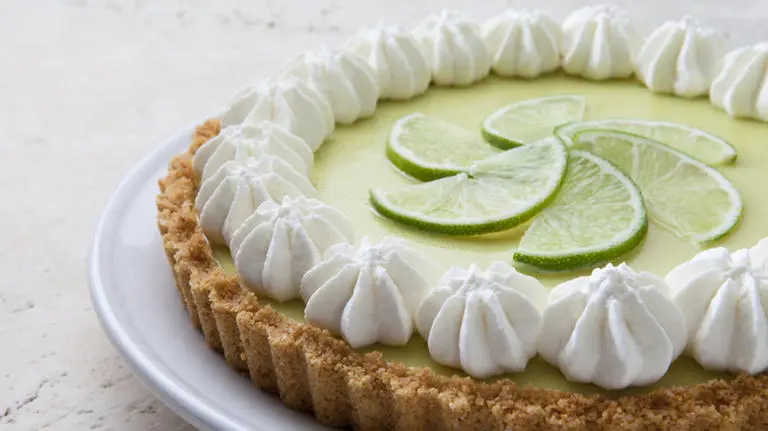Candy melts are easy to melt but have a waxy texture
Cocoa butter imparts a smoother, silkier texture to white chocolate compared to candy melts, and it tends to melt pleasantly in your mouth. It boasts a sweet, buttery flavor and maintains its creaminess even after being tempered—a technique of heating and cooling that results in a sleek, glossy finish.
The vegetable oil in candy melts allows them to melt easily in a microwave, bain-marie, or double boiler, providing a more consistent melting experience. However, this comes at the cost of a waxy texture and a somewhat bland flavor, which is often masked by artificial flavorings. On the plus side, candy melts are generally more affordable than white chocolate and can achieve more vibrant colors.
If you decide to use candy melts instead of white chocolate, be aware that they can become thick and clumpy if you rush the melting process. When using a microwave, melt them on low power for one minute, then check every 30 seconds until they are mostly melted. To achieve a smoother consistency, you can add a neutral oil such as vegetable or coconut oil, or even shortening. Just like with chocolate, avoid adding water, as this will cause the melted candy to seize and turn into grainy clumps that won’t smooth out. Alternatively, you can use Wilton's EZ Thin Dipping Aid, specifically designed to create that desirable silky texture seen on baking shows.
Recommended

Paul Hollywood's Top Tip To Avoid Sticky Hands While Kneading Dough

Before Making Ina Garten's Key Lime Pie, Make Sure You Have The Right Equipment

The Salty Snack Addition That Takes Your Cookies To The Next Level

Gordon Ramsay's Secret To Better Donuts Starts With The Type Of Yeast He Uses
Next up

